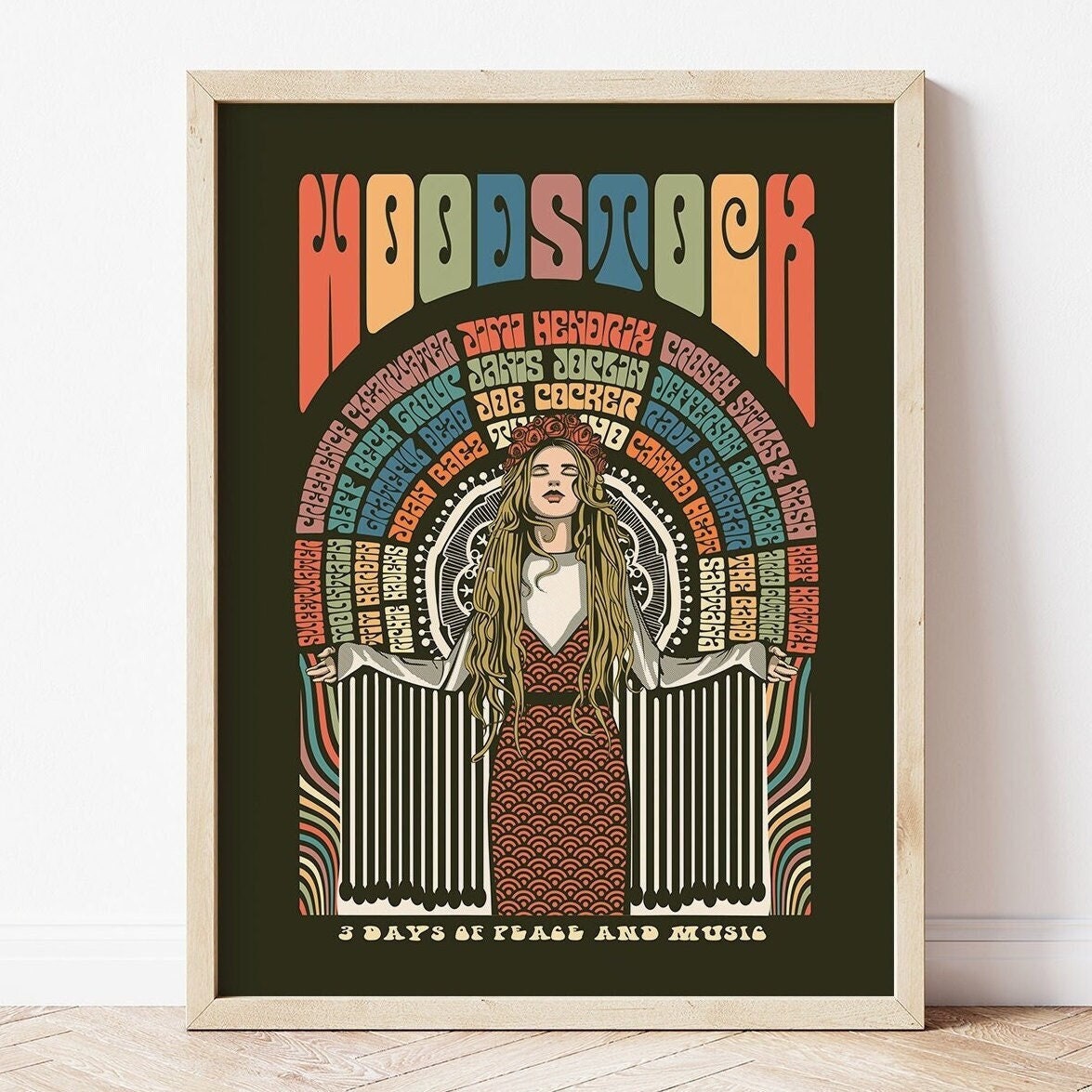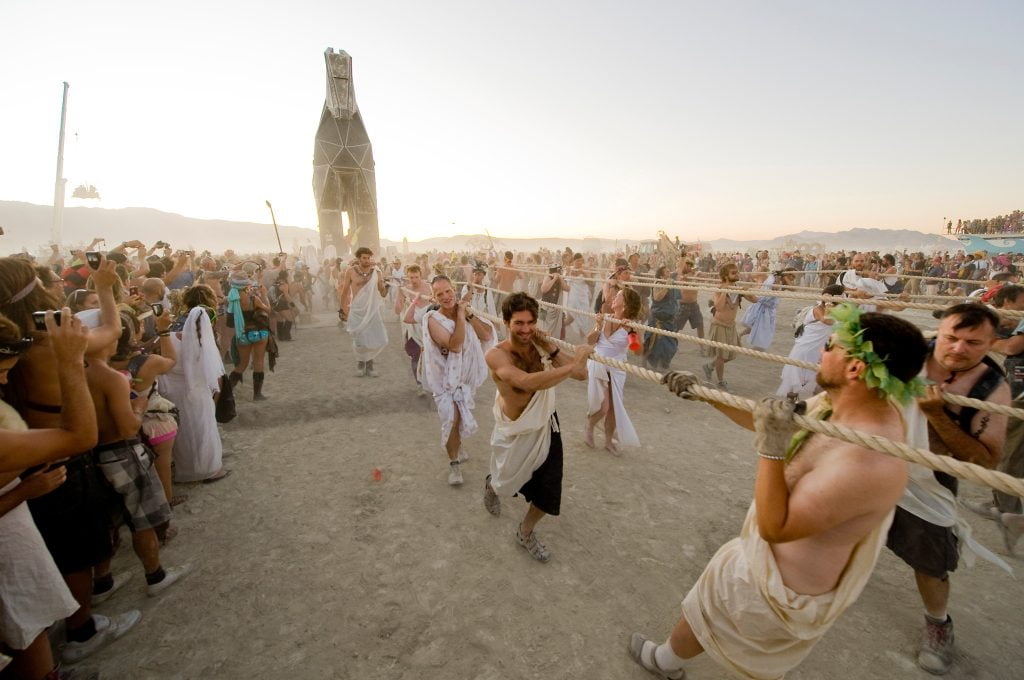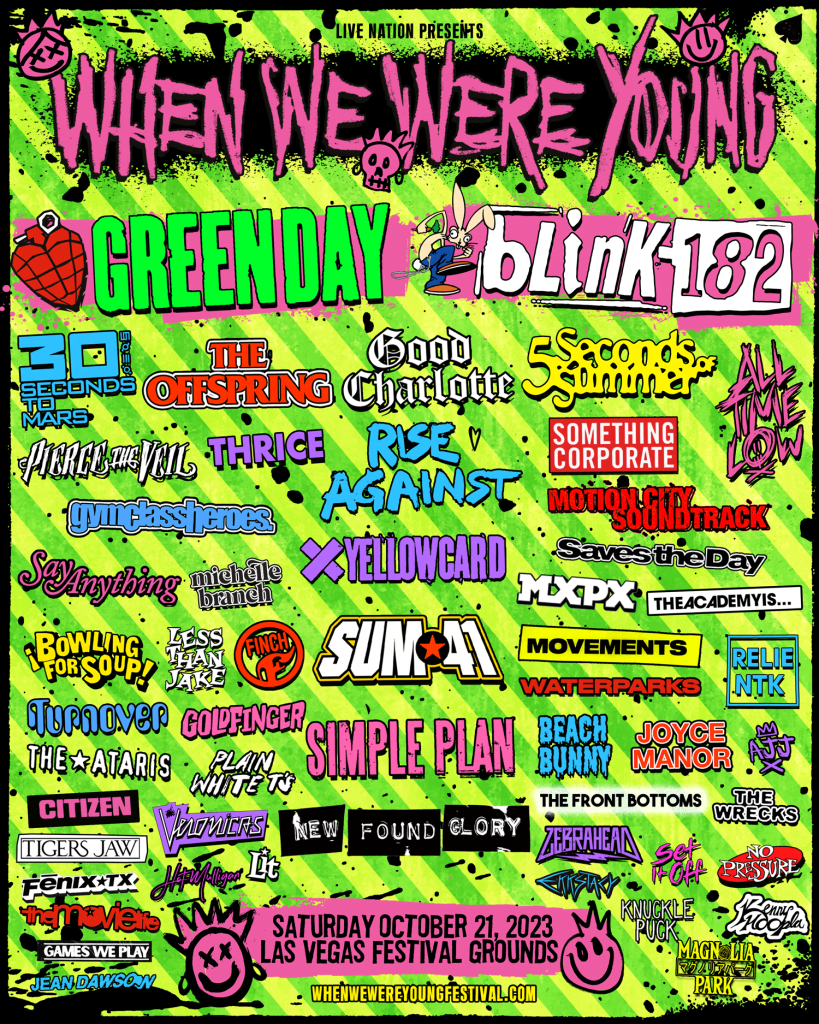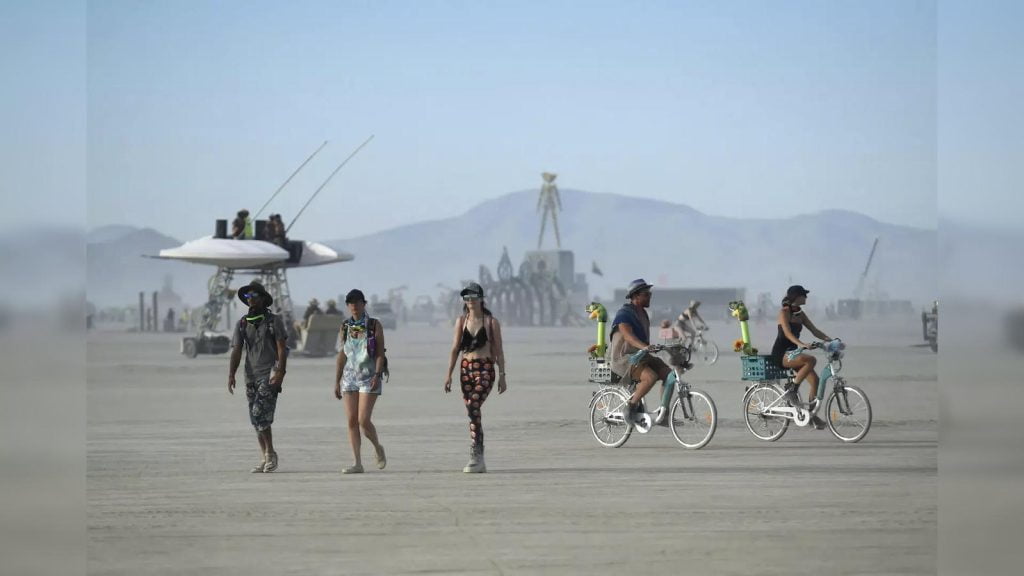Woodstock Festival remains one of the most iconic events in music history, but have you ever wondered where did Woodstock Festival take place? This legendary festival, known for its groundbreaking performances and embodying the spirit of the 1960s, actually occurred in Bethel, New York. Despite its name, the festival did not actually take place in Woodstock, which is located around 60 miles away. The rolling hills of Max Yasgur’s dairy farm in Bethel became the backdrop for the historic gathering that attracted hundreds of thousands of music enthusiasts. As we delve into the history of this monumental event, let’s uncover the magic and energy that once graced this legendary location.
Introduction to the Woodstock Festival
The Woodstock Festival, one of the most iconic music events in history, took place in Bethel, New York in the year 1969. It was a celebration of peace, love, and music, attracting hundreds of thousands of attendees. Despite challenges such as rainy weather and logistical issues, the festival became a symbol of the counterculture movement of the 1960s. Woodstock Festival is remembered for its legendary lineup, including performances by artists like Jimi Hendrix, Janis Joplin, and The Who.
Historical Significance
The Woodstock Festival marked a pivotal moment in music history, showcasing the spirit of the 1960s and promoting messages of unity and social change. It served as a gathering place for the youth of that era to express themselves freely and peacefully.
Legacy and Impact
The cultural impact of Woodstock Festival continues to resonate today, inspiring future generations and shaping the music industry. The event symbolizes the power of music to bring people together and advocate for societal transformation.

The Origins of Woodstock
Woodstock was a music festival held in 1969. It became a symbol of the counterculture movement of the 1960s. The festival took place in Rural Sullivan County, New York, near the town of Bethel. Despite its iconic status, the location was not the original choice for the event. The organizers had initially planned to hold the festival in Wallkill, New York, but due to permit issues, they had to seek an alternative site.
Choosing the Location
After facing permit challenges in Wallkill, the organizers found a willing partner in farmer Max Yasgur, who offered his land for the event. The site in Bethel provided a scenic backdrop for the festival and ample space for the expected crowds. Despite the last-minute change in location, Woodstock turned out to be a monumental gathering that defined a generation.
Woodstock Legacy
The legacy of Woodstock extends beyond the event itself. It represented a cultural shift and a moment of unity and peace during a turbulent time in history. The festival showcased some of the most prominent musicians of the era and left a lasting impact on music and social movements. Even today, Woodstock’s influence reverberates through music festivals and cultural movements around the world.

Choosing the Perfect Venue
When exploring where did Woodstock Festival take place, the significance of the venue cannot be underestimated. Selecting the perfect venue is crucial for the success of any event, especially one as iconic as Woodstock. Factors to consider when choosing a venue include location, size, facilities, and ambiance.
Location
Get acquainted with potential venues in the vicinity of the original Woodstock location. Aim for a site synonymous with peace and music to capture the essence of the legendary festival.
Consider proximity to transportation hubs for attendee convenience.
Size and Facilities
Ensure the venue can accommodate the expected number of attendees comfortably. Look for venues with state-of-the-art audiovisual equipment and amenities to enhance the event experience.
- Spacious seating arrangement
- Modern sound systems
- Ample parking space
Woodstock Festival Location Revealed
Woodstock Festival took place in Bethel, New York, in the year 1969. The iconic music event was held on a dairy farm owned by Max Yasgur, and it became a pivotal moment in music history, showcasing legendary performances and defining a generation.
Historical Significance
The location of Woodstock Festival served as a backdrop for the counterculture movement, promoting peace, love, and music. Thousands of attendees gathered to celebrate unity and self-expression amidst the turbulent societal landscape of the late 1960s.
Despite logistical challenges, including unexpected crowd sizes, the festival’s location became synonymous with a sense of community and solidarity among the youth of that era.
Cultural Legacy
Woodstock Festival’s location in Bethel, NY, left a lasting impact on the music industry and societal norms. The event inspired subsequent music festivals and became a symbol of the power of music to unite people across different backgrounds.
- Woodstock’s ethos of peace and harmony remains relevant in today’s world, influencing future generations to prioritize unity and social change.
Legacy of Woodstock
The **Woodstock Festival** took place in Bethel, New York, in 1969, leaving an enduring legacy that continues to influence music and culture today. The festival’s emphasis on peace, music, and love sparked a countercultural movement that defined the **1960s**. While originally envisioned as a profit-making event, Woodstock ultimately became a free concert attended by hundreds of thousands of people. The gathering featured iconic performances by artists like Jimi Hendrix, Janis Joplin, and The Who.
Evolution of Music Festivals
Woodstock revolutionized the concept of music festivals, setting the standard for large-scale outdoor gatherings. Its success paved the way for future events like Coachella and Bonnaroo, emphasizing community, music, and artistry. The spirit of Woodstock lives on in the ethos of modern festivals that strive to promote peace and inclusivity.
Cultural Impact
The countercultural impact of Woodstock transcended its time, inspiring generations to embrace freedom, creativity, and social change. The festival symbolizes a moment of unity and harmony, showcasing the power of music to bring people together. Its influence can be seen in various aspects of popular culture, from fashion and art to social activism.
Impact of Woodstock on Music Culture
Woodstock, the legendary music festival that took place in 1969, had a profound impact on music culture. It marked a pivotal moment in history where hundreds of thousands of people gathered to celebrate peace, love, and music. The festival showcased iconic performances from artists like Jimi Hendrix, Janis Joplin, and The Who, shaping the future of rock and roll forever.
Revolutionizing the Music Industry
Woodstock revolutionized the music industry by introducing the concept of large-scale outdoor music festivals. It paved the way for future music events and festivals, setting a new standard for live performances and audience experiences. The success of Woodstock proved that music has the power to bring people together in a positive and transformative way.
Influencing Counterculture Movements
The Woodstock festival became a symbol of the counterculture movement of the 1960s. It embodied the ideals of peace, unity, and social change, inspiring a generation to challenge societal norms and embrace individual freedom. The music and spirit of Woodstock left a lasting impact on society, influencing art, fashion, and activism for years to come.
Frequently Asked Questions
- When did the Woodstock Festival take place?
- The Woodstock Festival took place from August 15 to August 18, 1969.
- Where was the legendary Woodstock Festival held?
- The Woodstock Festival was held on a dairy farm in Bethel, New York. The specific location was on Max Yasgur’s 600-acre dairy farm.
- Why was the Woodstock Festival considered legendary?
- The Woodstock Festival is considered legendary due to its iconic lineup of artists, the peaceful atmosphere despite overcrowding, and its significance as a symbol of the counterculture movement of the 1960s.
- How many people attended the Woodstock Festival?
- The Woodstock Festival attracted an estimated 400,000 attendees, far exceeding the expected number and leading to it becoming a pivotal moment in music history.
- Was the Woodstock Festival originally planned to be held in Bethel, New York?
- No, the Woodstock Festival was originally planned to be held in Woodstock, New York, but the location was changed to a farm in Bethel due to permit issues.
Unveiling the Legendary Location: Where Did Woodstock Festival Take Place
As we conclude our exploration into the iconic Woodstock Festival, we unveil the legendary location where it all took place – Bethel, New York. Nestled in the serene surroundings of the Catskill Mountains, Max Yasgur’s farm became the epicenter of peace, love, and music in 1969. Despite facing logistical challenges and surpassing all expectations, the festival remains a symbol of unity and counterculture. The spirit of Woodstock lives on, inspiring generations with its message of harmony and togetherness amidst chaos. Remembering this historic event reminds us of the power of music to bring people together and create lasting memories. Where did Woodstock Festival take place? In the hearts and minds of all those who experienced its magic.




